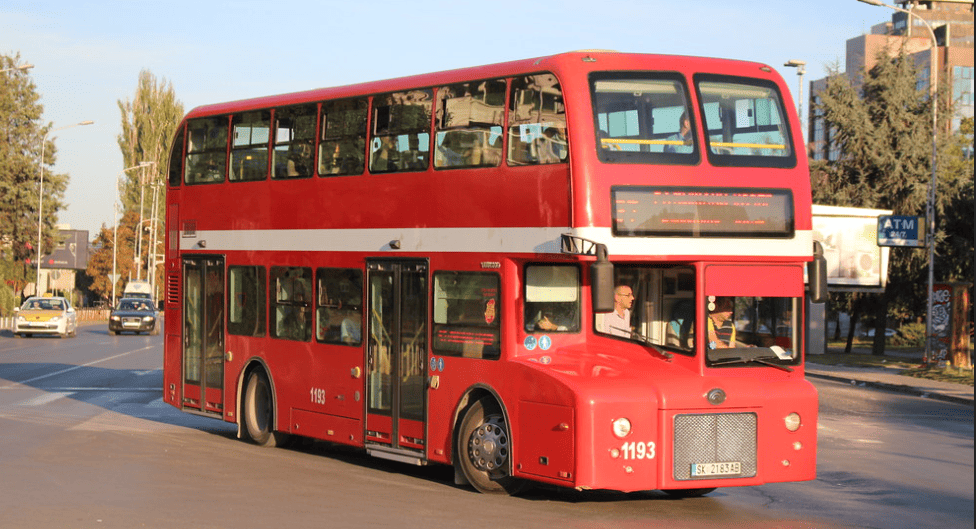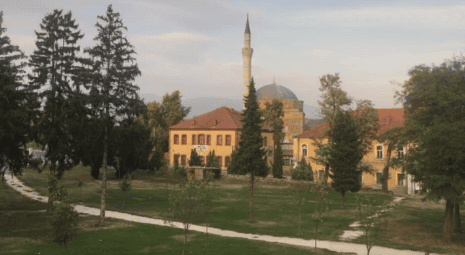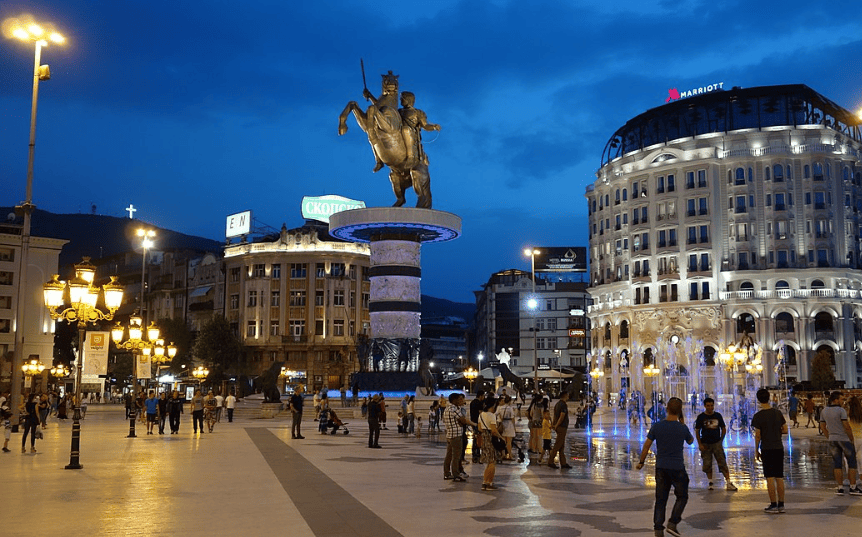Traveling to a newly established or independent country is certainly exciting. It often brings surprises that exceed expectations. That was my experience when I traveled to Macedonia, a country that gained independence from Yugoslavia in 1991. Surprisingly, this neighboring country of Greece is beautiful and quite modern. Its capital, Skopje, is even filled with structures resembling iconic landmarks from other European cities—like the London-style double-decker buses, an Arc de Triomphe similar to Paris, and a 66-meter cross statue reminiscent of Rio de Janeiro’s Christ the Redeemer. These icons give Skopje a theme-park-like vibe, almost as if it’s Europe’s own themed city.

With a €20 (Rp. 322,400) ticket from goeuro.com, I set off for Skopje by bus from Thessaloniki’s bus terminal in Greece. The trip started in the morning and lasted just three hours, including passport checks at the Greece-Macedonia border. By 11:30 a.m., I arrived in Skopje. Since I planned only a day trip, I decided to leave my luggage at the storage area behind the ticket counters. The staff accepted only the local currency, denar, so after withdrawing cash from an ATM, I paid for the two-bag storage fee, equivalent to €4 (Rp. 64,500).

Skopje isn’t a large city; it’s only about a 10-minute walk to reach the city center. However, upon arrival downtown, I was taken aback. The city appeared grand, like those in Western Europe. A stone bridge adorned with statues stretched in front of me, and a massive building in classical architectural style, reminiscent of the Pantheon in Athens, stood at the end of the bridge. Before I could process the sight, I saw another familiar icon—a red double-decker bus, just like in London.

It turns out Macedonia has been actively building up its capital to attract tourists and form a distinct national identity. Although Macedonia is one of Europe’s poorer countries, the government invested hundreds of millions of euros in Skopje’s development. I was delighted as a tourist, enjoying the city’s serene atmosphere from a riverside bench while watching a few river cruise boats. Best of all, Skopje is very affordable. I stopped for lunch on a street filled with cafes and restaurants, and a plate of pasta cost just €2 (Rp. 32,250).
After exploring the city center, I headed to Skopje’s Old Town. The ambiance here was entirely different, feeling distinctly Asian and Turkish. Old Town’s narrow streets were lined with tea houses, coffee spots, restaurants, and shops selling handicrafts like carpets, leather goods, shoes, blankets, bakeries, baklava, and kebabs. I found two mosques in the area, and now and then, a hijabi woman would walk by with friends.
Before becoming part of Yugoslavia, Macedonia was under Ottoman rule for 500 years, and about 33% of its population, primarily of Turkish, Roma, and Albanian descent, is Muslim. Turkey’s influence is still quite strong in Old Town. Skopje’s Old Bazaar is even said to be the largest bazaar outside of Turkey.

From Old Town, I ventured up Skopje’s hills. Just before reaching the top, I encountered another mosque, larger and more majestic: Mustafa Pasha Mosque, built in the Ottoman style since 2011, funded by Turkey’s government. After admiring the mosque, I continued to the summit, where Kale Fortress, an ancient fort open for free visits, stands. From the top, I enjoyed a sweeping view of Skopje—a beautiful sight.

Friends often ask me, “Why visit Macedonia?” Even though it’s not as popular as other destinations, Macedonia is intriguing and worth visiting. Skopje is filled with statues and fascinating architecture. One standout is the giant horseman statue in the main square. This statue represents Alexander the Great, the Greek hero originally from Macedonia. However, Greece protested, claiming Macedonia “stole” their hero, so the statue was left unnamed.

For anyone traveling to Skopje, Macedonia, here’s a tip: if you need a restroom, try to use one in a hotel or restaurant. I once used a public toilet in a mall in Skopje, and it was not pleasant.
Interested in exploring Skopje, Macedonia? Remember to get a Schengen visa, as Indonesians can enter Macedonia visa-free with a valid Schengen visa. And try the bus; it’s the cheapest way to travel the Balkans.

Thank you for your sharing. I am worried that I lack creative ideas. It is your article that makes me full of hope. Thank you. But, I have a question, can you help me?